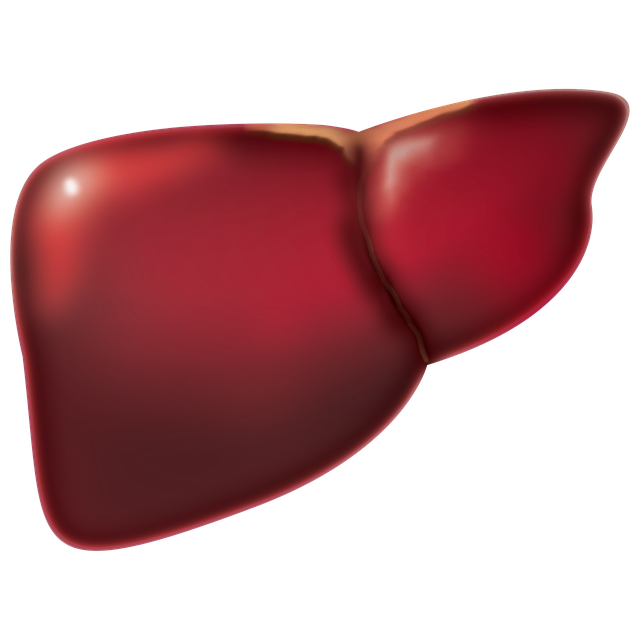Skin sensitivity plays a crucial role in underarm waxing decisions. Eczema, sunburns, and other conditions may heighten irritation. Consulting dermatologists or aestheticians is essential for personalized advice. Consider alternatives like shaving or laser hair removal if sensitive skin persists. Safe underarm waxing requires pre-treatment skin assessment, proper cleaning, high-quality wax, temperature control, and post-waxing lotions to prevent infections.
Considering underarm waxing but worried about skin reactions? This guide explores when it’s best to steer clear. Uncover the secrets to avoiding discomfort by understanding skin sensitivity during waxing and identifying common conditions that might complicate the process. Learn when alternative hair removal methods are a safer bet and discover precautions for a smooth, safe underarm waxing experience.
Understanding Skin Sensitivity During Waxing
Understanding skin sensitivity during waxing is crucial, especially when considering treatments like underarm waxing. Skin conditions can greatly influence how a person reacts to hair removal procedures. For instance, individuals with eczema or sensitive skin may experience heightened irritation and redness due to the heating and pulling effects of waxing. Similarly, those with recent sunburns or existing skin infections should avoid waxing until their skin has healed to prevent further aggravation.
It’s important to note that while some people may have no issue with underarm waxing, others might face more significant discomfort or even adverse reactions. Always consult a dermatologist or licensed aesthetician if you have specific skin concerns. They can offer tailored advice and ensure the best course of action for maintaining your skin health and comfort during hair removal processes.
Common Skin Conditions That May Complicate Underarm Waxing
Underarm waxing can be a popular method for hair removal, but it’s essential to be aware that certain skin conditions may complicate the process. One common concern is eczema, which often causes dry, itchy, and irritated skin. Waxing can exacerbate these symptoms, leading to discomfort and potential damage to the delicate underarm area. Additionally, individuals with sensitive skin are at higher risk of developing rashes or irritations during waxing due to the sensitivity to chemicals in the wax or the pulling motion used in the procedure.
Another condition that may impact underarm waxing is ingrown hairs, a common issue for those with curlier hair textures. Waxing can trap hair follicles beneath the skin’s surface, leading to inflammation and potential infections. Those with active acne outbreaks should also avoid underarm waxing as it can irritate the skin further, potentially causing more significant breakouts. It’s crucial to consult a dermatologist or skincare specialist if you have any concerns about your skin’s condition before considering body waxing treatments.
When to Opt for Alternative Hair Removal Methods
If you’re dealing with certain skin conditions, it might be time to consider alternative hair removal methods instead of underarm waxing. Sensitive or irritated skin could make waxing an uncomfortable and potentially painful experience. Conditions like eczema, rosacea, or recent sunburns can leave your skin vulnerable, making waxing more likely to cause redness, itching, or even small blisters.
In such cases, opt for gentler options like shaving, using cream depilators, or trying laser hair removal. These alternatives offer a more soothing approach and are less likely to aggravate existing skin issues. Remember, listening to your skin’s needs is crucial for maintaining its health and comfort, especially when it comes to managing unwanted hair.
Precautions and Tips for Safe Underarm Waxing
Underarm waxing can be a quick and effective method for hair removal, but it’s crucial to take certain precautions to ensure safety and prevent potential skin issues. One of the most important considerations is your skin’s current condition. Individuals with sensitive or irritated skin should exercise caution, as wax can cause further discomfort or lead to skin reactions. Before attempting underarm waxing, assess your skin for any redness, rashes, cuts, or recent breakouts. If these conditions exist, it’s best to delay waxing until your skin is clear and healed to minimize the risk of infections or complications.
To ensure a safe underarm waxing experience, follow these tips: first, clean your underarm area thoroughly with mild soap and water to remove any sweat, oils, or odors that might affect the adhesion of the wax. Exfoliate gently to get rid of dead skin cells, as this can help reduce ingrown hairs. Always use a fresh, high-quality wax, and consider consulting with a professional waxer who can offer guidance tailored to your needs. Additionally, be mindful of the temperature of the wax; it should be warm but not scalding hot to avoid burns or damage to sensitive skin. Lastly, after waxing, apply a soothing lotion or oil to calm the skin and lock in moisture, reducing potential irritation.
While underarm waxing can be an effective hair removal method, it’s crucial to understand when it might not be suitable. If you have certain skin conditions or sensitivities, alternative methods may be gentler and safer. By recognizing the signs and taking precautions, you can make informed decisions about your underarm grooming routine, ensuring comfort and minimizing potential risks associated with waxing.
